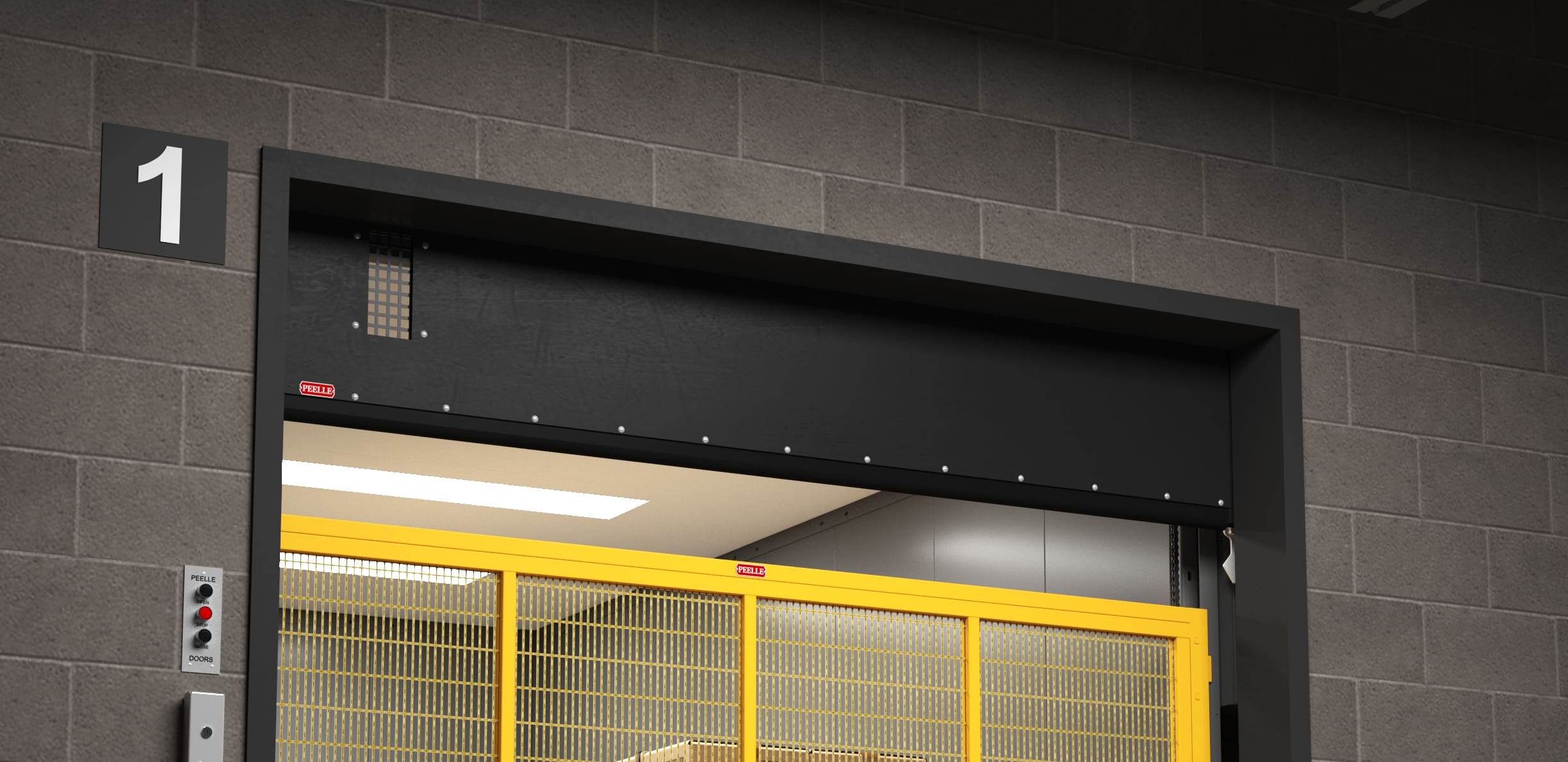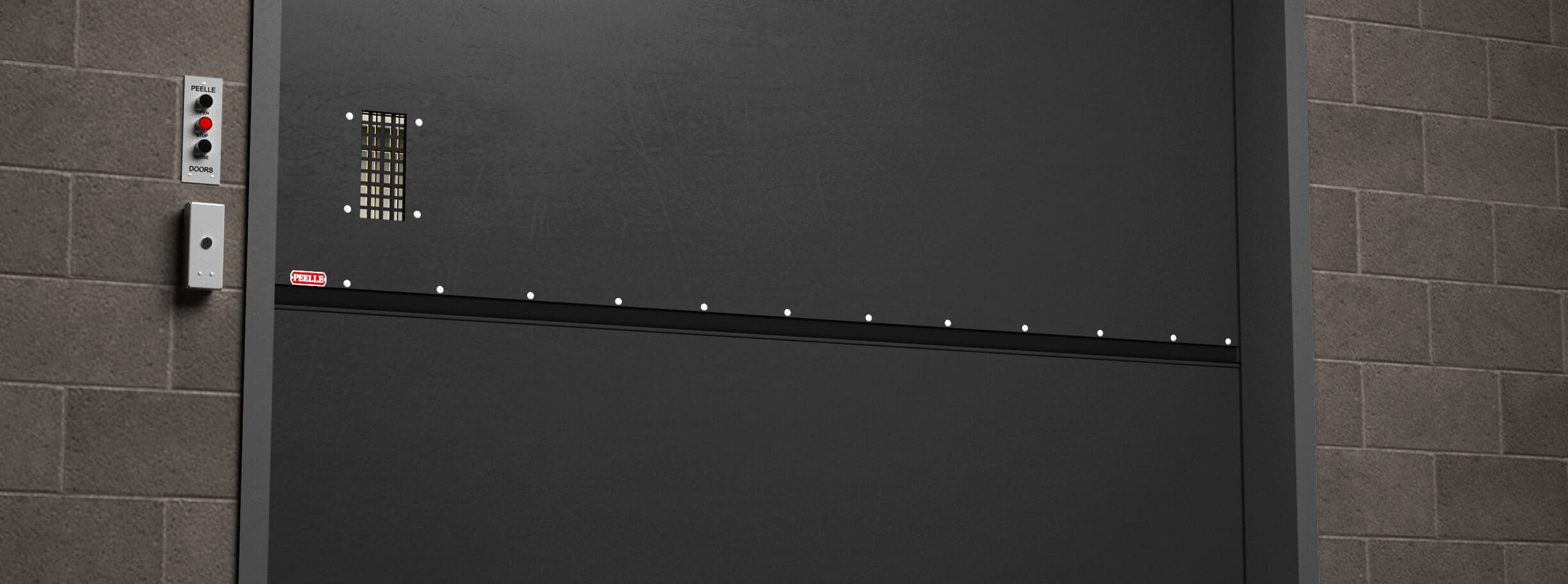We often jump to features like emergency brakes, door sensors, or communication systems when we think about elevator safety. However, one essential yet frequently overlooked component is the safety astragal. In this blog post, we’ll dive into what elevator safety astragals are, why they are crucial, and how they contribute to overall building safety.
What Are Elevator Safety Astragals?
An astragal is a strip of material—often metal, rubber, or a composite—designed to bridge gaps between moving parts. In the context of elevators, an astragal is typically attached to the edge of the door. It plays multiple roles:
- Sealing the Gap: Astragals help minimize the gap between the elevator doors when closed, ensuring a secure seal that prevents accidental finger pinching or intrusion.
- Alignment and Stability: By providing a consistent edge along the door, astragals contribute to quieter and more gentle door closing, reducing wear and tear on the door mechanisms.
- Enhanced Safety: A properly installed astragal can prevent passenger injury when doors are closing.
Why Elevator Safety Astragals Are Important
1. Preventing Accidents
One of the most critical functions of the safety astragal is accident prevention. Elevator doors open and close at high speeds, and the small gap between them can sometimes lead to unintended injuries—especially to curious hands or fingers. The astragal softens this gap, reducing the risk of injuries caused by accidental contact with moving parts.
2. Ensuring Door Integrity
Elevator doors are engineered to be reliable and long-lasting. Over time, repeated use can cause misalignments or minor damages. An astragal helps maintain door alignment by providing a flexible leading edge that will form the misaligned panels. Maintaining tight clearances between panels when the doors are closed.
3. Enhancing User Confidence
Elevator users expect a safe, reliable ride every time. Visible attention to safety details—even those as seemingly minor as door seals—can significantly boost user confidence. Knowing that every aspect of the elevator, including its astragals, is designed with safety in mind provides peace of mind for both residents and visitors.
Best Practices for Maintaining Elevator Safety Astragals
To maximize the benefits of elevator safety astragals, regular maintenance and inspections are key:
- Routine Inspections: Include the condition of astragals in your regular elevator safety checks. Look for signs of wear, misalignment, or damage.
- Professional Servicing: Have elevator technicians assess and maintain astragals during scheduled servicing. Their expertise ensures that any issues are identified and resolved promptly.
- Upgrades and Replacements: As part of ongoing safety upgrades, consider replacing older or worn-out or missing astragals with newer, more durable materials that meet current safety standards.
Conclusion
While elevator safety astragals might not be the first feature that comes to mind when discussing elevator safety, they are undeniably critical in ensuring a secure and reliable system. These unassuming strips of engineered rubber play a vital role in everyday safety by preventing accidents, ensuring door integrity, and helping buildings comply with safety regulations.
Whether you’re a building manager, a maintenance professional, or simply an interested reader, understanding the importance of every component in an elevator’s design—down to the astragal—helps us appreciate the engineering marvels that keep us safe every day.
Stay safe and informed, and the next time you step into an elevator, take a moment to appreciate all the small details working together to protect you.



